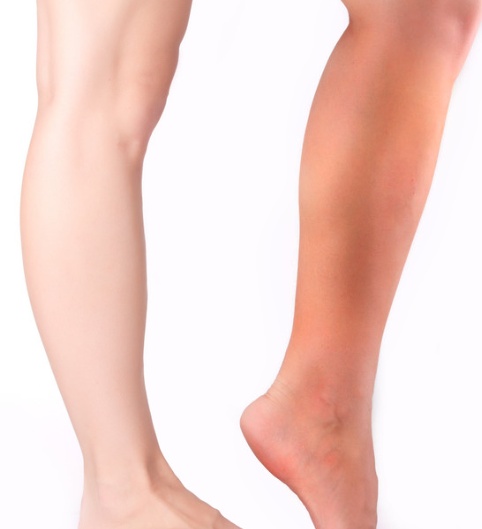What is Phlegmasia Alba and Cerulea Dolens?
Phlegmasia alba dolens (PAD) and phlegmasia cerulea dolens (PCD) are uncommon conditions that result from acute, massive venous thromboembolism. These conditions are associated with deep vein thrombosis of the lower extremity and also have high associated morbidity and mortality. Also, Phlegmasia alba dolens (PAD) and phlegmasia cerulea dolens (PCD) are less frequently encountered complications along a spectrum of DVT with a high incidence of mortality and limb loss.
In 1938, it was Gregoire who coined the term phlegmasia cerulea dolens translating to “painful blue inflammation,” differentiating it from the more commonly seen phlegmasia alba dolens or “painful white inflammation. PAD, also referred to as “milk leg,” references the early stages of this process due to compromise of arterial inflow secondary to extensive clot burden. Moreover, PCD is a more advanced progression and is a precursor to venous gangrene.
Symptoms of Phlegmasia Cerulea Dolens
Phlegmasia cerulea dolens symptoms in your leg or arm include:
- Red, blue or purple tint to your skin (this can spread to your whole leg).
- Severe pain.
- Swelling.
- Blisters on your skin.
- Pricking or tingling feeling.
Because of the anatomy of your circulatory system, this condition is much more likely to happen in your left leg.
What are the risk factors for Phlegmasia Cerulea Dolens?
Risk factors for phlegmasia cerulea dolens are similar to those for having a blood clot. They include:
- Cancer (this is the most common risk factor).
- Surgery.
- Injury.
- Venous insufficiency.
- Birth control or hormone therapy you swallow.
- Inflammatory bowel disease (IBD).
- A BMI (body mass index) higher than 30.
- Pregnancy.
- May-Thurner syndrome.
- Blood clotting disorders.
- Heart failure.
- Inability to move around (for example, prolonged bed rest).
In addition, this condition happens most often to people in their 40s and 50s.
Are you suffering from this condition? At The Chelsea Clinic, we can help. One of our podiatrist can assist and then recommend what treatments are best to get you back on track.  Podiatrist South Kensington
Podiatrist South Kensington
Schedule an appointment here or you may call us at +44 (0) 207 101 4000. 
We hope you have a feetastic day! 

-The Chelsea Clinic and Team


 Podiatrist South Kensington
Podiatrist South Kensington




